1. Hashima Island, Japan
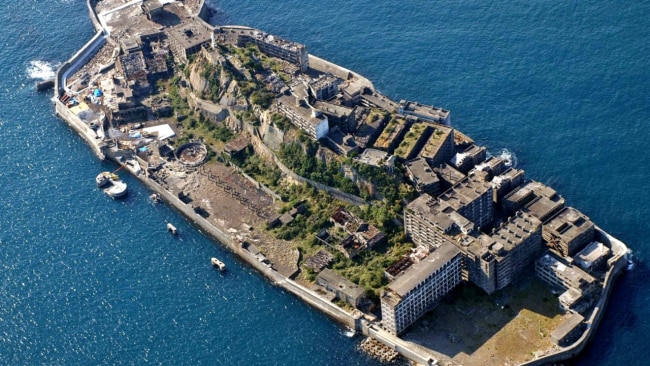
Known for its distinct concrete sea wall and abandoned brutalist concrete buildings, the 16-acre-long Hashima Island is perhaps best known as the ominous background in the 2012 James Bond film, Skyfall.
Known to locals as Battleship Island, Hashima operated as a coal mine from 1887 and 1974 and at its peak was home to 5000 people. Offering its residents high-rise apartments, a hospital, school, cinema and swimming pool, Hashima also served as a prisoner of war camp during World War II, with Korean and Chinese prisoners forced to work under severe conditions.
As the demand for coal declined throughout the 20th Century, the island was permanently closed and residents rehoused in 1974 but in 2009, it once again opened to visitors, with tourists able to take day trips from Nagasaki, which is just 15 kilometres away.
2. Spinalonga, Greece
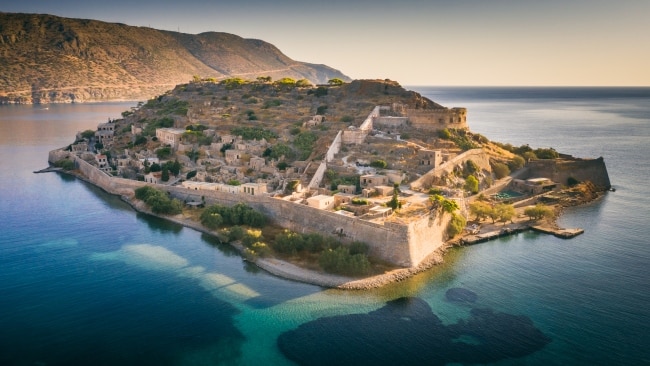
Located off the coast of Crete, Spinalonga is also known as the Island of the Living Dead and was at one time one of the most powerful fortresses in the area.
While uninhabited today, it’s believed Spinalonga was connected to the mainland until the 1500s, when Venetians destroyed the adjoining peninsula to create an island fortress that would serve the ancient port of Olous.
Having been occupied under Arab, Venetian and Ottoman rules, Spinalonga was only recognised as a part of Greece again in 1903, the same year it became a leper colony. Offering a final place of refuge to those living with the previously incurable disease until 1957. In 1962, the island’s final resident, a priest, left the island, with its rich architectural history from its various periods of occupation and untouched beaches are now enjoyed by tourists, who can visit the island on day trips.
3. Bouvet Island, Norway
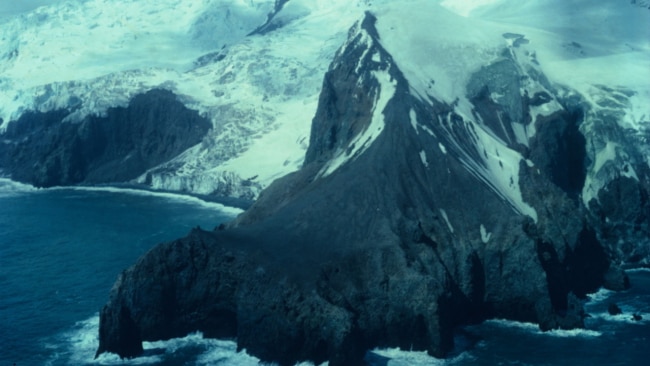
Located 1,700 kilometres from Antarctica, Bouvet Island is officially the most remote uninhabited island in the world. Declared a nature reserve by Norway in 1971, Bouvet is considered to be an important breeding ground for seabirds, penguins and seals.
Over the centuries, the island has been explored by the French, British, Americans and finally, the Norgwegians in 1927m who then claimed the island as its own.
Despite 93 per cent of the island’s 49-kilometre surface area is glacier, it’s also home to several species of moss, lichens and over 20 types of algae, making it an important hub for researchers, even if the general public can’t take a day trip there.
4. Tintagel Castle, Britain
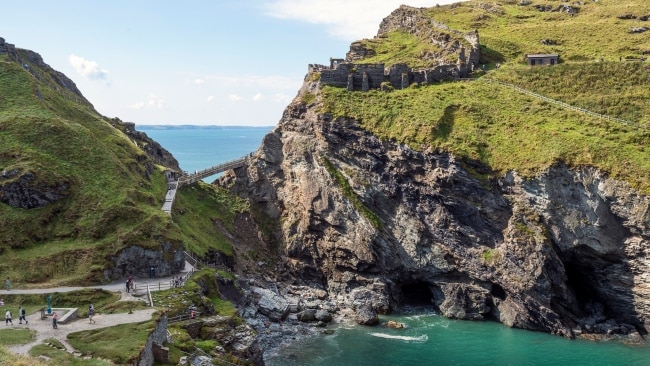
While the Cornwall town of Tintagel itself is on the mainland, the ruins of its historically famous castle are located on an island that can be accessed only by bridge or steep cliff-face steps that look onto the area’s secluded beach.
Believed to be the birthplace of King Arthur, archaeologists believe rocky headland was a major stronghold along the British coastline between the 5th and 7th centuries. It then became the chosen site for the Earl of Cornwall’s castle which was built in the 1230s.
Facing brutal winds and sea damage, Tintagel Castle now exists in ruins, but sections of the island have become active archaeological dig sites where researchers hope to learn more about the area and its people.
5. Ball’s Pyramid, Australia
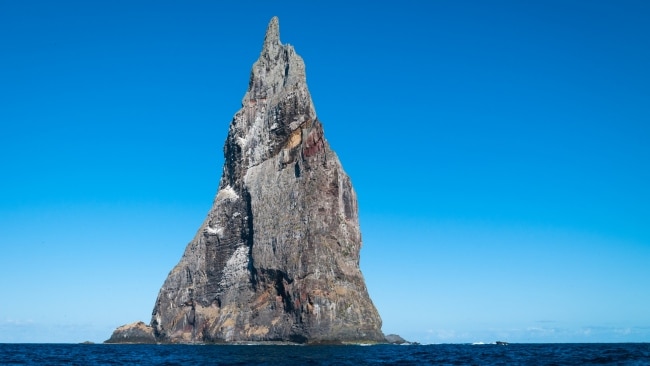
The remnant of an ancient volcano eruption that occurred over six million years ago, Ball’s Pyramid takes its name from its distinctive shape and lies 20 kilometres away from Lord Howe Island.
Sitting at a cool 572 metres tall and a mere 300 metres wide, Ball’s Pyramid is the tallest volcanic stack in the world, and is also the only surviving natural habitat of the Lord Howe Island stick insect, also known as tree lobsters, which was believed to be extinct until its rediscovery in 2001.
While a number of explorers and adventurers climbed Ball’s Pyramid over the years, the activity and general access to the area has since been greatly restricted to protect its endangered inhabitants.
6. Hart Island, USA
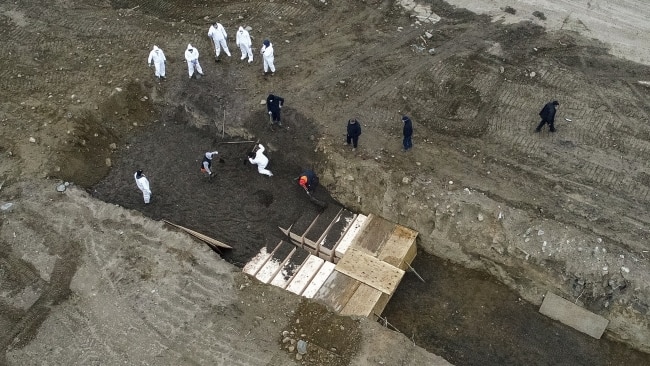
Part of New York City’s Pelham Island archipelago, Hart Island has a long and checkered past in America’s history, Having housed a military training ground for African Americans, a prisoner of war camp, psychiatric hospital, rehab centre, tuberculosis sanitorium, reform school and homeless shelter over its many years, Hart Island is perhaps best known for its potter’s field, which has served as the country’s largest mass grave site for the unidentified or unclaimed deceased population since 1869.
Thanks to The Hart Island Project, the burial records of the over one million people laid to rest on the island are becoming easier to access, and scheduled visits to the island via ferry services are available for family members and loved ones wanting to visit and pay their respects.
7. Ilha de Queimada Grande, Brazil
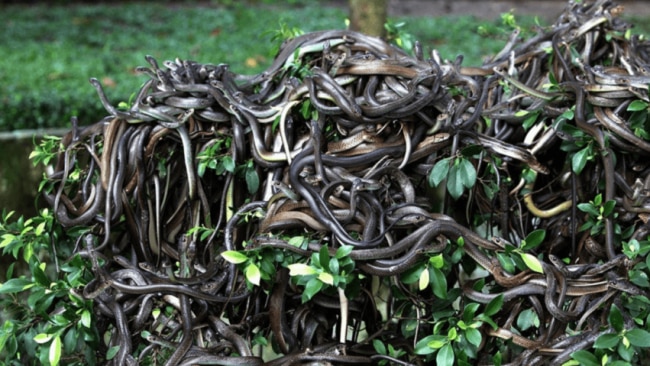
Home to the critically endangered venomous golden lancehead pit viper, there’s a good reason Brazil’s Ilha de Queimada Grande, better known as Snake Island, is closed to the general public.
Spanning 106 acres, experts believe the snake population was first trapped on the island during the ice age and have been there ever since. Now the only home to the pit viper, the island acts as a sanctuary for the species and is home to an estimated one snake per square metre.
Given its dense population, the island is inaccessible to the general population and tourists, despite sitting just 33 kilometers off the coast of Sao Paulo, but is open to researchers, conservationists and Brazil’s military forces.








